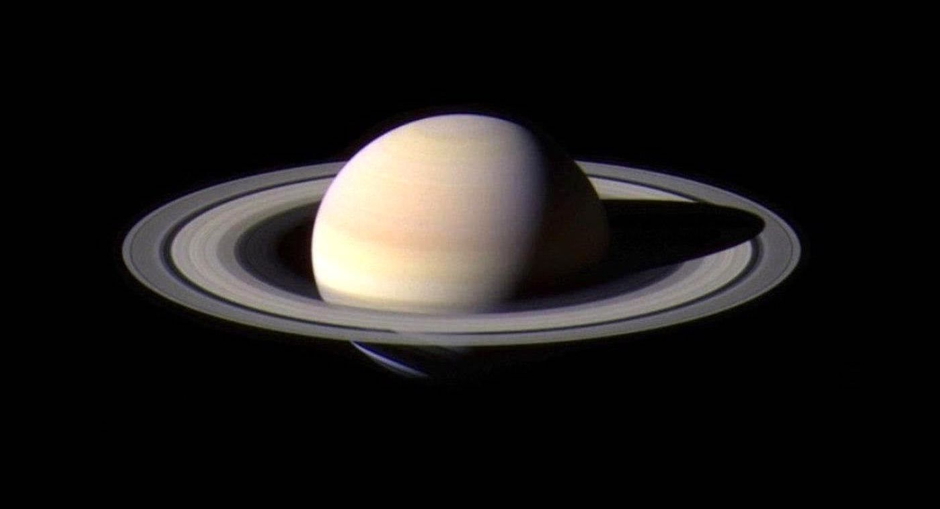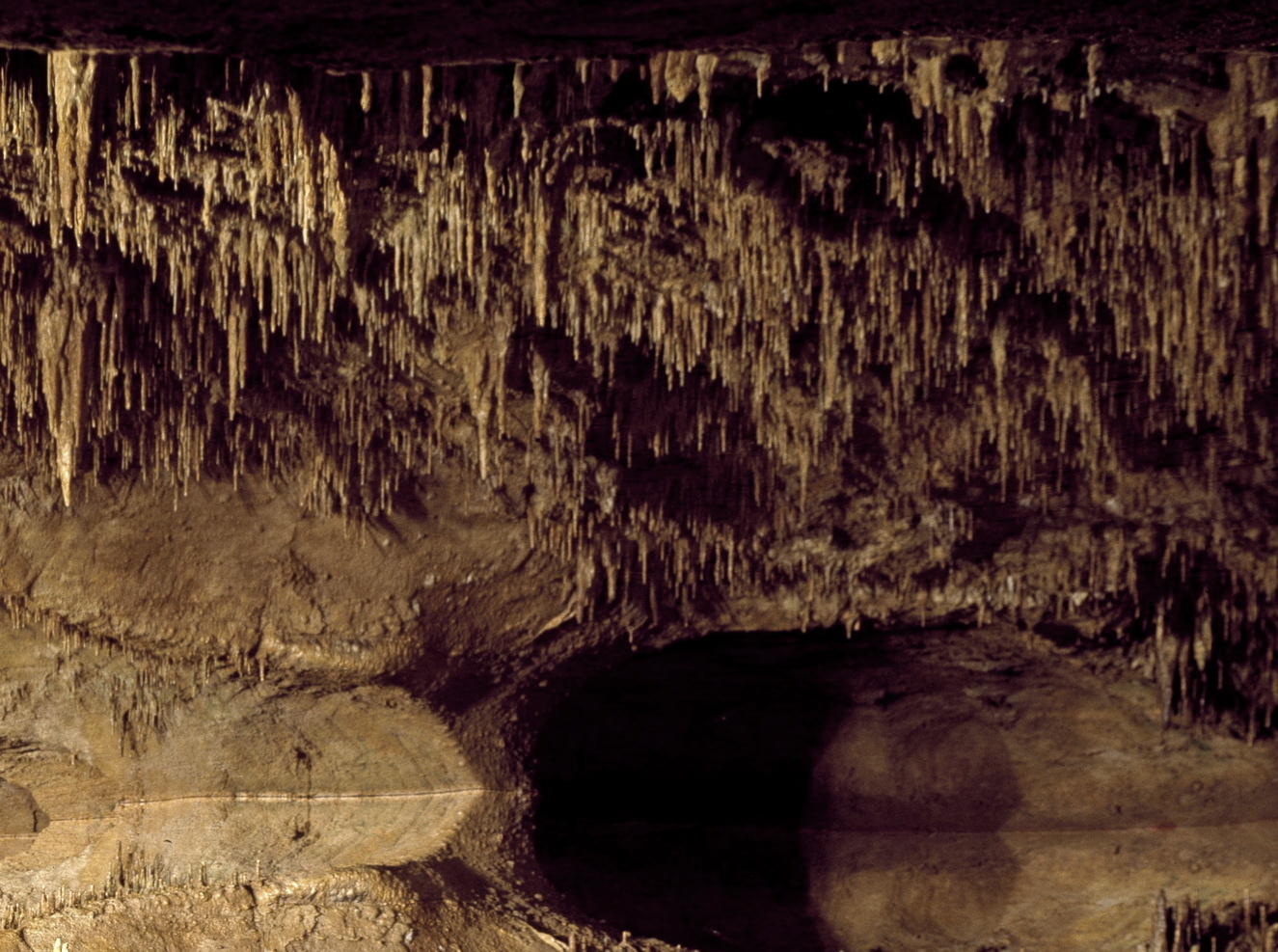Software is actually intelligently encoded hardware so it is not a real self-existent “thing”. “Software” is just a convenient label we apply to instructions that are intended to control the functioning of a computer-driven device. In order to exist, those instructions have to be recorded in some form of matter like ink on paper, transistor states, magnetic memories, etc. You can’t destroy software directly, you have to disorganize or destroy its medium.
An Einsteinian key to comprehending our universe is: “Look deeply into nature, then you will understand everything better.” As a physicist, I find this to be a sure path, and that is exactly how I came to the realization that software is not a thing but an abstraction. Now, of course, there is software, but it is not something you can measure with a ruler, or cut with a saw. Of course, you can count lines of code, but when you do you have left the higher abstraction layer of “software”.
Physical Reality and Abstractions
Like so much of our thinking and perception of our universe, software is an abstraction – a convenient tool for mental manipulation and understanding of something that has no self-existence. And to understand at the most fundamental level, we must not forget that mental abstractions are perceptions, ways of thinking, and ways of dealing with physical complexity. As such, they stand between us and the physical realities that are their antecedents. Those antecedents gave rise to the abstractions in the first place.
Now the philosophers will say software is at a higher ontological plane. And that’s the same idea using different semantics.
However, it is the physical complexity that reveals the actual nature, material, and organization of our universe. We see that without some kind of material, nothing exists. There are two types of things: self-existent, like grains of sand and galaxies, and then there is intelligently organized matter like software. It would seem that our recognition of abstract things like promises, love, and beauty must be encoded in matter somehow. These are the facts that give rise to the perception that the physical universe (its various kinds of matter) is intelligent in and of itself. This is why we can, if we wish, see the universe as a single, intelligent organism with its own goals and methods to pursue them.
What is Life?
Looked at from the top, software is a device that observes conditions within its range of perception, makes decisions, and acts to change things in its environment. Looked at from the bottom, software is the intelligence that its creator placed in matter by organizing it in a particular way. This embedded intelligence only appears when a particular schema is applied: when a pre-defined lens is used to observe it. This means that we may be looking at a key to some knowledge and powerless to discern it because we lack the schema, the code breaker needed to comprehend it. It appears therefore to be random and/or chaotic.
For example, if we stumbled upon a string of data bits and had no idea whether they represented anything interesting, they would appear to us a just a bunch of random bits. On closer examination, we would surely see patterns being repeated at intervals because the same letter is represented in the same way. Using a fast computer we probably could tease out the text but that’s where we would be stuck unless we knew a language whose patterns matched those we found. This prior knowledge of a matching language is the schema or the code breaker.
In our attempts to understand life, we label observed phenomena and wrestle with them. It is revealing to notice that software looks like life in its ability to observe, choose, and act. Perhaps our attempts to define life are entirely futile because its characteristics are profoundly ubiquitous. It is not difficult to observe that any attempt to draw a line between living and non-living is clearly arbitrary.
This is Not Scientism
I am not saying that the scientific method is the only reliable tool for the discovery of truth. That I know spirits are real is the result of a remarkable visit from my deceased mother. That experience was as close to science as possible, given that it was independently perceived by three separate individuals whose observations were in perfect harmony.
So What’s the Point?

To understand natural rights, we have to recognize that a natural right is an abstract idea and we need to find its antecedent to fully comprehend what it is. That’s why I wrote “An Introduction of Temporal Rights“. All traditional sources of natural rights are stacks of abstractions upon abstractions. Temporal rights are only one logical step from physical reality and are thus tightly bonded to a physical object. Perception of a temporal right is simply a deep look into nature.
Temporal Rights are Superior
No other legal theory of human rights has the unassailable power evidenced by temporal rights. They have the most obvious intrinsic inalienability. They are also purely secular and thus a path to political unity among all political factions that claim to give top priority to human rights.
Temporal Rights are God-given Rights
If you believe in God, then the temporal rights paradigm is simply an explanation of how God endowed all creatures with rights. I wish I could claim that I discovered temporal rights, but the idea was given to me in a prayer asking for a secular basis for natural rights. That prayer was offered and instantly answered in 1976 as I wrote “On Human Rights“, the second article in the bicentennial feature series of “The Freeman” magazine. The answer came as a realization that rocks, trees, and beavers have inalienable rights: rights that cannot be infringed without severe damage to their owners.




